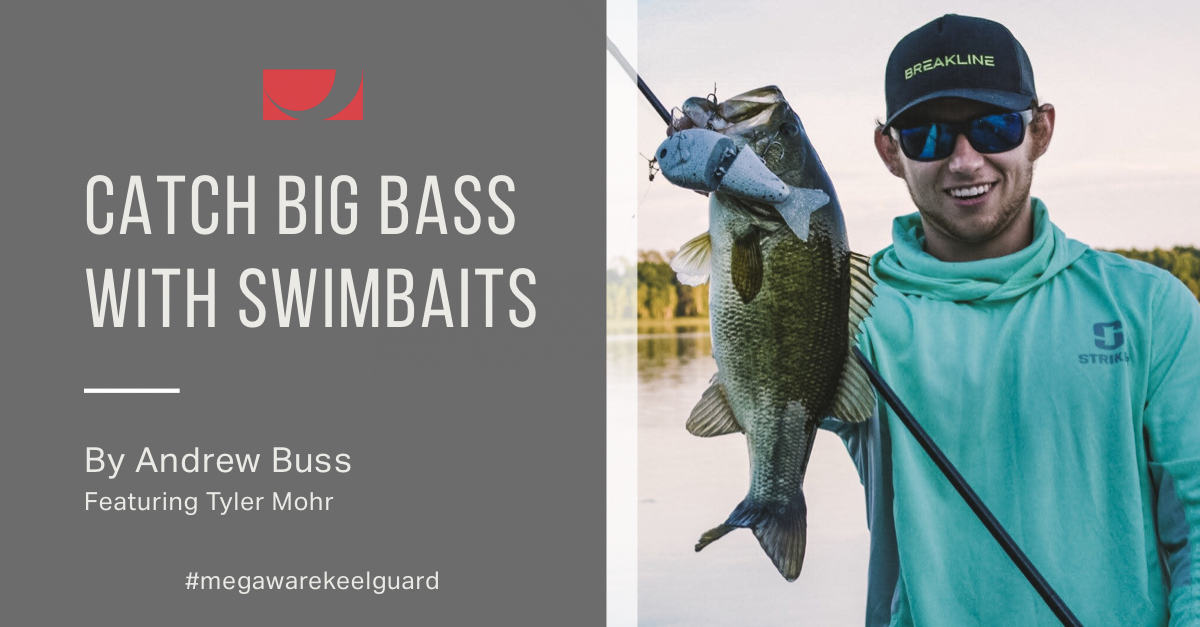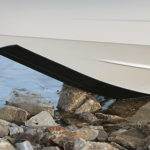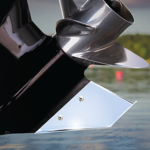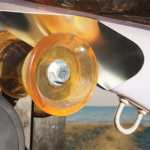Catch Big Bass with Swimbaits
Swimbaits have a cult following in the bass fishing world and despite its pricey membership, it just might be worth joining. Members consist of fanatics willing to spend over $100 for a single lure. Tyler Mohr from Minnesota is a proud member, and he offers an enticing slogan: “They catch giant-sized fish.”
Hard Swimbaits
This is the Hard Swimbait Cult, and they’re looking for members, kind of. Because of the price, they are often underutilized, but that is one of several reasons they are so effective – fish rarely see them. “Most of my swimbaits cost between $15-40, and many custom baits cost between $150-350,” Mohr admits. “To keep costs down, many of us (swimbait enthusiasts) will trade and swap swimbaits.”
“To keep costs down, many of us will trade and swap swimbaits.”
Colossal Sized Swimbaits
Compared to traditional bass fishing plugs, these are colossal sized. They weigh ounces and can be mistaken for musky lures. Anglers in California and southern states, which due to climate have larger fish, have been using them for years. But Mohr is from Northern Minnesota where the growing season is, at most, only half the year. He quickly offers 3 reasons to use them regardless of geographical location.
“With the exception of heavy cover, swimbaits work everywhere. Think of any other lure and there is a swimbait that can replace it.”
Advantages of Swimbaits
Mohr insists, “With the exception of heavy cover, swimbaits work everywhere. Think of any other lure and there is a swimbait that can replace it.”
- “Swimbaits draw in more fish than other baits. They do not always draw a strike, but it gets more follows than any other bait I’ve used. Seeing is believing and once they show themselves, I can present a different bait accordingly. If I’m preparing for a tournament, I find where the bigger fish are living without hooking them.”
- “The drawing power of these baits is tremendous. These baits really show what the bass are eating. If they’re keyed in on shad, they’re not going to follow a bluegill colored bait and vice versa. So, I experiment with different baits to see which get the most attention and then adjust my presentations accordingly.”
- Mohr hits this one home: “Big fish eat big baits. The swimbait has proven itself as a consistent big fish producer.”
“Big fish eat big baits. The swimbait has proven itself as a consistent big fish producer.”
Different Swimbaits and Their Gear
Glide Bait
“This is a jerkbait style bait,” Mohr explains. “It requires a lot of work from the user. Like traditional jerkbaits, they work best during the spring and fall.” Mohr rigs these on an 8’6” Extra Heavy baitcasting rod, which are rated for baits between 2-8 ounces.
For all swimbaits, he uses 25-pound monofilament line. “I use Berkley Big Game monofilament because it stretches. This is very important to prevent breakoffs.” He pairs the rod with a 7.1 gear ratio reel.
Wake Bait
“These vary between one and three joints and can be worked like topwater baits or as shallow crankbaits. Summertime is the best time to use these.” A 7’9” Medium Heavy rod with a Fast tip gets Mohr’s nod for these, because it has a faster action. His reel has a 7.1 gear ratio.
Swimmers
“Swimmers require the least amount of work because a straight cast and retrieve is the best retrieve.” Most swimmers consist 2-3 pieces. An Extra Heavy 7’11” fiberglass crankbait rod works best for these. These baits are best with slow retrieves, so he uses a 5.1 gear ratio reel.
When to Use Swimbaits
Mohr readily admits, “Prespawn and fall are the optimal times to use swimbaits; however, they work year-round. During summer, like right now, running these baits parallel to heavy cover is the most effective. But don’t stop there. Along rocks and even shade lines can produce big fish. The common denominator for all of these is retrieving along a line.”
During early morning Mohr slings wake baits, but when it gets into mid-day, he switches to a swimmer.
The size and costs of these heavy-duty baits intimidate many anglers from joining in on the fun, and that’s just fine with the cult following, “It’s a tough pill to swallow,” Mohr acknowledges, “but once you experience success with it, there’s no turning back.”
That’s kind of like a KeelGuard: Once it prevents hull damage, you’ll never own another boat without it.










Comments